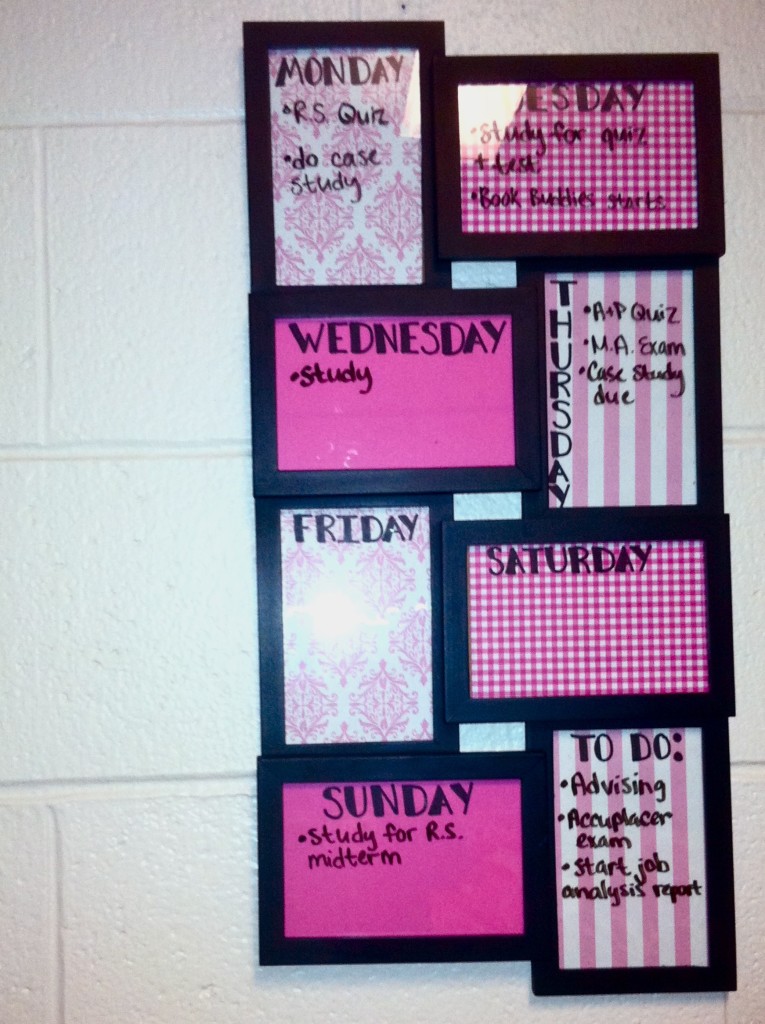
Sometimes between all the test prep and soccer games and essay-writing, it’s easy to forget that, at the core of it all, the most important factor on a college application is the high school transcript. While test scores, essays and extracurricular achievements are all taken very seriously, the transcript is still the basis for all decision making by admissions officers. Here’s how to ensure that your child is making the most of their time in the classroom:
Is it better to take higher level courses or to ace lower level ones?
One question that continues to loom for well-meaning parents is whether to push their children into higher level courses, with the possibility that an accelerated class will mean a lower grade. Obviously, the first thing a parent has to do is take into account the real achievement level of their student—but the answer to this conundrum may not be exactly what you might think.
Admissions officers definitely take into account the idea that a student is stretching his or her boundaries when it comes to academics. Therefore, when matching two applicants side by side, if one received all A grades but in lower level classes while the other had A and B grades in advanced classes, the student with advanced classes would always have the advantage. That being said, if your child is taking advanced level classes and getting a C, the supposed advantage is no longer viable. You need to be realistic when it comes to course load and what a student can handle. Ultimately, it’s always best to take classes that stretch the mind (but don’t break it!).
Broad spectrum or laser-like focus?
Another aspect of the application process that is misunderstood is whether there is a need to demonstrate widespread learning or to show talent in one area.
My father used to say that there are only two ways a person can learn:
“Either you can learn more and more about less and less, until you know everything about nothing, or you can learn less and less about more and more until you know nothing about everything.”
In the case of college admissions, it’s much better to know more about less. It’s a little counterintuitive, because many feel that presenting a broad cross-section of talents is good for a transcript. While that’s true, it is only the case if a student can prove he or she is actually adept at these things, and not just dabbling for the sake of a diversified portfolio.
It is not clever to suddenly have your teen filled with seemingly disparate classes and extracurriculars in his or her junior year, with the hope of “fooling” an admissions officer into thinking that they have a larger base of knowledge or experiences. No one is fooled. Ever. A sudden interest in clarinet, Judo, Mandarin and Habitat for Humanity is a dead giveaway.
Instead, have your student focus in one area where he or she has real skill and can build up expertise. If your child is into history, allow that interest to blossom and deepen and perhaps turn into independent study by serving as a History Club officer, or taking AP American History, AP European History and AP World History. A student with a clear focus like that is attractive to a university—it is a narrative about a particular aspect of an applicant’s personality that gives him or her a specific appeal. On the other hand, someone who looks like a dilettante will be difficult to pin down by an admissions officer looking for a reason to accept.
What if the “right” classes aren’t being offered?
Get creative—often, it’s hard to have your teen take the right classes because of scheduling conflicts or the fact that they are not offered at their high school. Fear not! Look around at summer programs as well as toward local community colleges. It is easier than you might think for your student to start earning college credit. Ask academic advisors at your child’s high school to see if it makes sense to (for example) take pre-calc over the summer in order to be able to take calculus senior year.
The rule of thumb:
Working hard in one discipline is the best representation of a student’s skill and college preparedness. Yes, tests are important, and it’s crucial to have a base of knowledge, but never try to twist the system, and your child will always be on the right path. That means have them take the highest level prep classes they can and learn as much as possible in them, working toward their actual strengths. Your child will be happier, admissions will take notice, and he or she will be able to achieve more in college, too.
_____________________________________________________
About the Author
Ryan Hickey is the Managing Editor of Peterson’s & EssayEdge and is an expert in many aspects of college, graduate and professional admissions. A graduate of Yale University, Ryan has worked in various admissions capacities for nearly a decade, including writing test-prep material for the SAT, AP exams, and TOEFL; editing essays and personal statements; and consulting directly with applicants.















